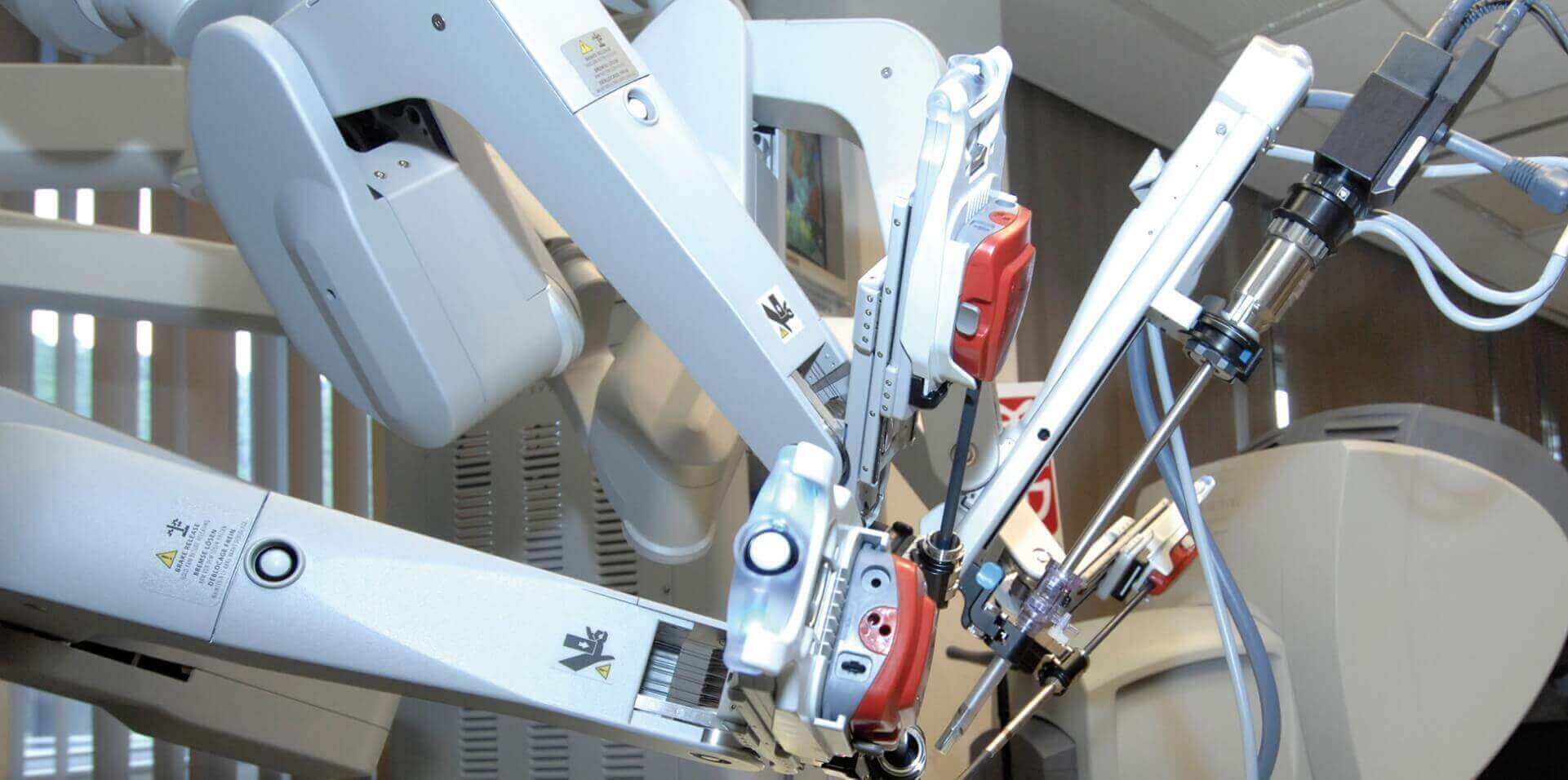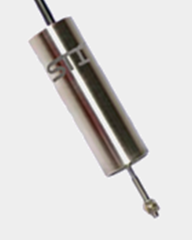Linear Variable Displacement Transformer (LVDT) sensors from Stellar Technology are used worldwide in the monitoring and gauging of pavement studies, mining equipment, oil & well drilling equipment, resistance weld stroke, valve position, and assembly processes. Take a look at all of our LVDT options below to find the displacement sensor that meets your application needs.
Complement Your LVDT Transducer
As a leading LVDT manufacturer, Stellar Technology also provides a selection of DIN-rail mount signal conditioners to complement our AC/AC LVDTs.
These products give you valuable complementary solutions for those applications needing high-level analog outputs in circumstances where the LVDT may be exposed to conditions detrimental to internal signal conditioning or the required LVDT configuration will not accommodate internal amplifiers.
The Benefits of Using LVDT Transducers or Sensors
When measuring displacement, it’s important to have accurate readings with your selected displacement sensor. With some LVDT sensors, you can measure movements as small as a few millionths of an inch, but these transducers offer many more benefits beyond accuracy, such as:
- Long-Lasting Capabilities – Because of the unique design, there is no physical contact across the sensing element, meaning there is no wear on the linear displacement sensor.
- Friction-Free Operations – This design also allows for operations free of rubbing, dragging or other sources of friction, making them ideal for materials testing or high-resolution dimensional gauging systems.
- Unmatched Durability – Between the design and the high-quality materials we use to make each of our LVDT transducers, our sensors are designed to withstand the elements.
- Quick Response to Changes – As changes occur in the core position, LVDT transducers are able to quickly respond and adjust accordingly.
How to Select LVDT Sensors and Transducers
If you are having trouble finding a Stellar Technology LVDT transducer that accommodates your unique needs, you can work with our engineering team to create a custom sensor for your application.
With that being said, here are a few considerations to keep in mind as you make your selection:
Performance Considerations for a Linear Displacement Sensor
The first step to finding the right LVDT sensor is to determine what exactly you need it to do. What do you need it to measure? What performance capabilities must it have?
Before looking for an LVDT transducer, you should first:
- Determine the measuring range/scope that needs to be measured (the displacement from the null point)
- Determine the relationship between the LVDT and the part being measured
- Probe locates on part, but not attached
- Probe is attached, but cannot be removed from LVDT body
- Probe is attached and can be separated from LVDT body
- Select armature type needed
- Spring return (for applications measuring multiple targets)
- Captive guided (for applications requiring longer measurement ranges – ±0.5” to ±18.5”)
- Free unguided (for applications in which part moves parallel to LVDT body and requires frequent measurements)
- Identify engineering units required (inches, centimeters, millimeters, customer-specified)
- Accuracy of the sensor
- Linearity
- Thermal effect (how temperature affects the output)
- Total accuracy (static + thermal)
Mechanical Considerations for LVDT Sensors
- Physical requirements such as:
- Size constraints
- Probe-to-part relationship
- Location access
- Submersible
- Type of armature needed
- Thread type (captive guided, free unguided)
- Probe tip (spring guided)
- Mounting and fixtures
- Mounting orientation
- Mounting blocks
Electrical Considerations
- Electrical output signal from the displacement sensor
- AC/AC (mV/V or V/V sensitivity)
- DC/DC
- Electrical termination
- Connector or integral cable
- Need for mating connectors and cable assemblies
- Connector/cable orientation (axial or radial)
- Wiring codes and pin-outs
- Type of power supply per output
- Signal conditioning
- Internal
- DIN-rail mount
- In-line
- Set-up (outputs with armature position)
- Current
- Voltage
Environmental Considerations
The environment in which your LVDT transducers will be housed is a vital factor to consider. This can affect the way your LVDT sensors function and their ability to adapt to the atmosphere. Selecting an LVDT transducer that corresponds to the proper environment is essential.
Here are some environmental factors that should always be considered when selecting your sensor, including linear displacement sensors:
- Operating temperature range
- Compensated temperature range
- EMI/RFI conditions
- IP or NEMA rating requirements
- Hazardous environments; utilize a sensor that is:
- Intrinsically safe
- Explosion-proof
- Indoor or outdoor use
- Exposure to the elements
- Dust, dirt, water, oils
- Temperature extremes
- Animals, critters, rodents, etc.
- Submersible
- Fresh water/salt water
- Depth
- Case pressure
Special Requirements
Certain applications may have specific requirements and needs. It’s important to recognize these needs so you can choose an LVDT transducer that can accommodate your application.
Special requirements for displacement sensors may include:
- Calibrations requirements
- Special approvals/certifications
- Special labeling requirements
- Serviceability
- Accessibility
- Service frequency
Contact Industry-Leading LVDT Manufacturer Stellar Technology Today
If you would like to learn more about our LVDT transducers and sensors, or would like to talk to someone about creating a custom sensor for your application, please contact us today.









